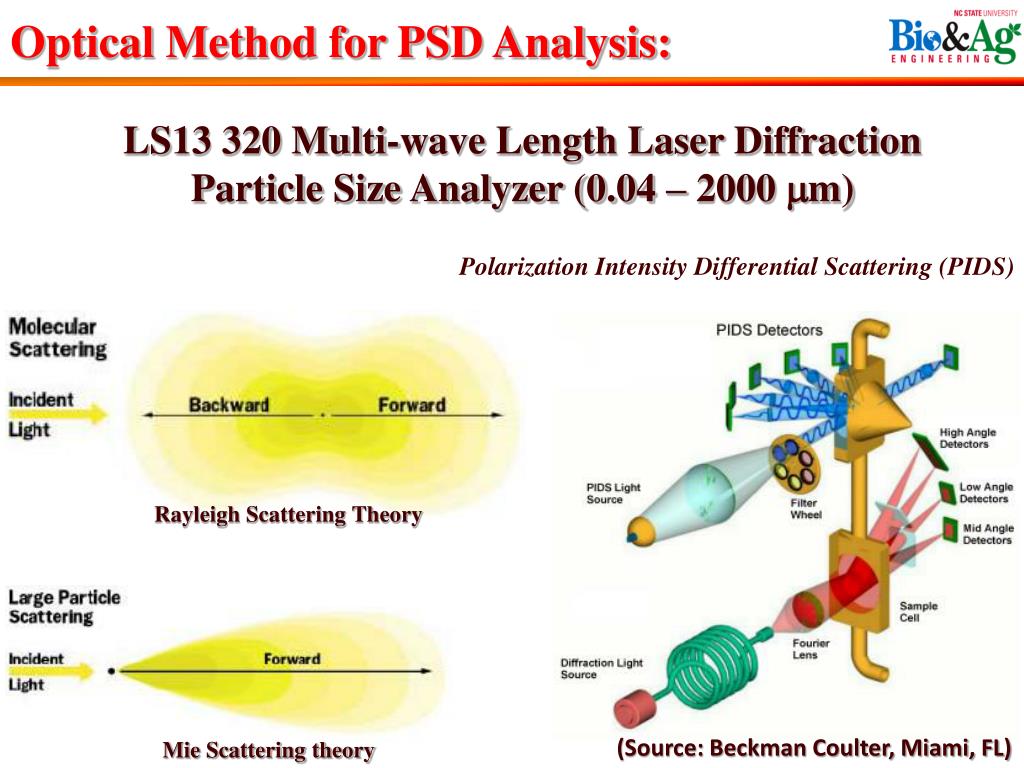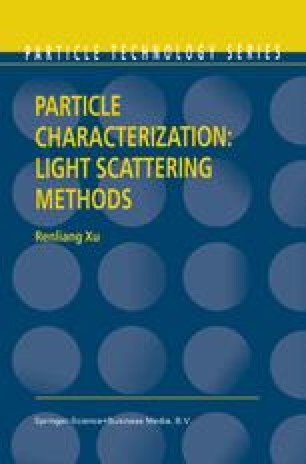

The accuracy of results and the repeatability (relative standard deviation %) have to be considered, e.g., RSD <5 %. There is no sedimentation risk like with the DLS technique. The intensity signal is stronger and results are related to the particle volume dispersion via ultrasound, stirring, and circulation ensure that particles remain in suspension. Low relative standard deviation (RSD, % e.g., 10 µm).Possible to measure at different temperatures with the suitable accessory Liquid dispersions (liquid/liquid, powder/liquid)Īlways possible, typically from 0 ☌ up to 90 ☌ The following points should be taken into account: The median (D 50) should be considered to get a more accurate “average particle size”.Mean size is based on different weightings: D based on volume HDD based on intensity.In order to directly compare the technologies, the results of a DLS measurement have to be recalculated to obtain a volume-based distribution.The following considerations are crucial for understanding the difference in the results and the inaccuracy of the comparison: Understanding the difference between DLS and laser diffraction results Therefore, calculations from the raw data are always more reliable than a recalculation. However, any kind of recalculation will introduce an error that adds to the initial one related to the assumption of spherical particles. When using the dynamic light scattering technique, it is possible to recalculate the volume-weighted distribution as well as D-values. To decrease the deviation, the same weighting model should be used for comparison. The DLS particle size analysis technique and laser diffraction method provide results which are based on different equivalent diameters and weighting models.įor many samples, then, results measured with DLS and laser diffraction are not directly comparable and a deviation of 10 % or more between the results is to be expected. Is it possible to compare DLS results with laser diffraction results? Which parameters should be compared? aerodynamic, hydrodynamic, optical, electrical) to that of the investigated non-spherical particle. *According to the IUPAC definition, the equivalent diameter of a non-spherical particle is equal to a diameter of a spherical particle that exhibits identical properties (e.g. The refractive index does not have any function in this case. Recalculation of the volume-based distribution to a surface- and number-based one is possible. Recalculation of the intensity-based distribution to a number- and volume-based one is possible when the refractive index of the particles is known. Peak analysis (area under the curve, standard deviation).D, mean volume diameter (De Brouckere Mean Diameter).Polydisperse sample: Peak analysis of particle size distribution graph.The particle’s contribution relates to its volume equivalent to mass for constant density.Intensity fluctuations of scattered light.In this case, the cross-sectional area becomes nearly the same as that of a sphere with equal volume (2).For particles ≤0.1 µm, the definition can be extended into volume-equivalent diameter.Laser diffraction equivalent diameter: diameter of a sphere having on the cross-sectional area the same diffraction pattern as the investigated particle (1).

Where kB is the Boltzmann constant, T the absolute temperature, and η the viscosity of the liquid medium, D is the translational diffusion coefficient


 0 kommentar(er)
0 kommentar(er)
